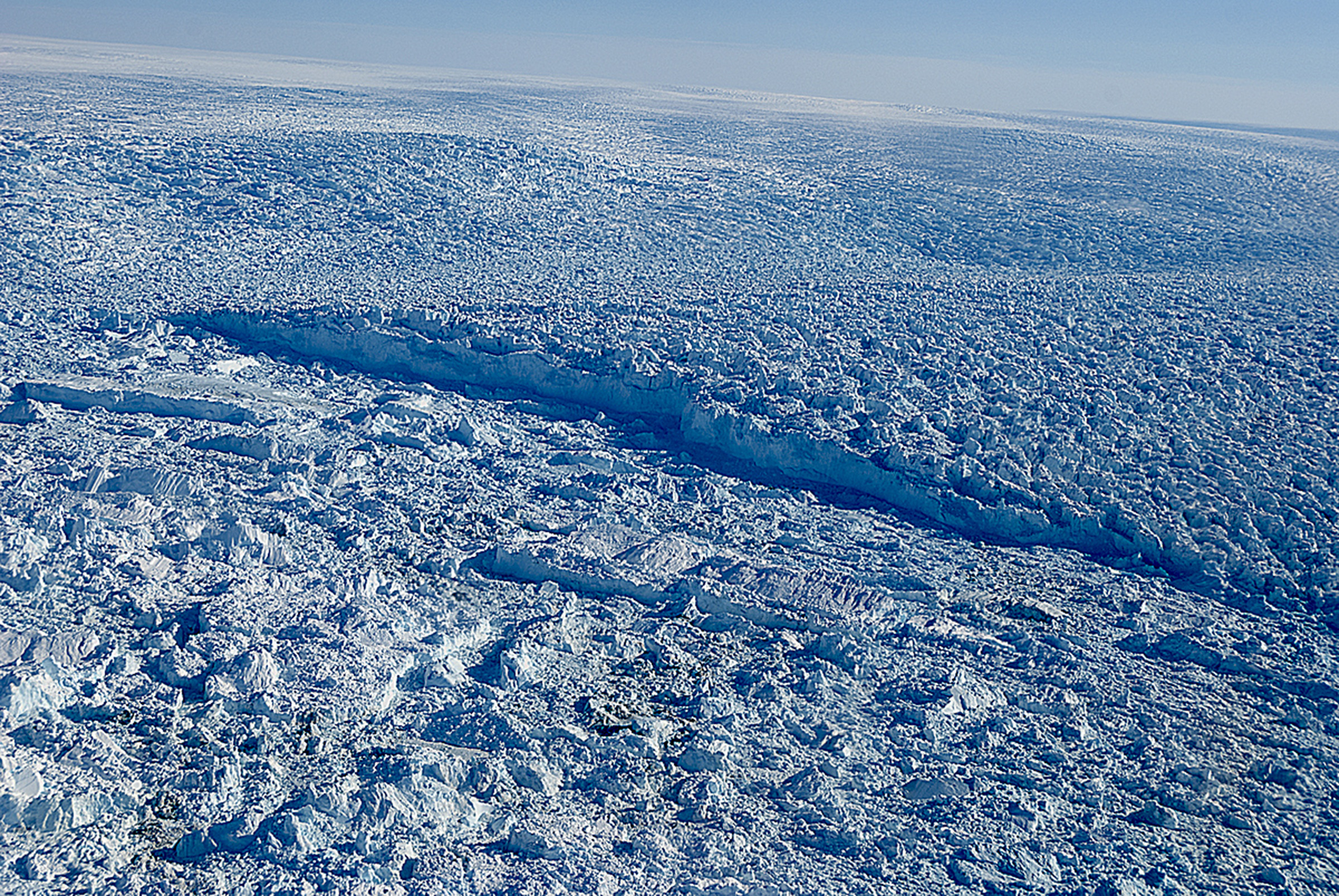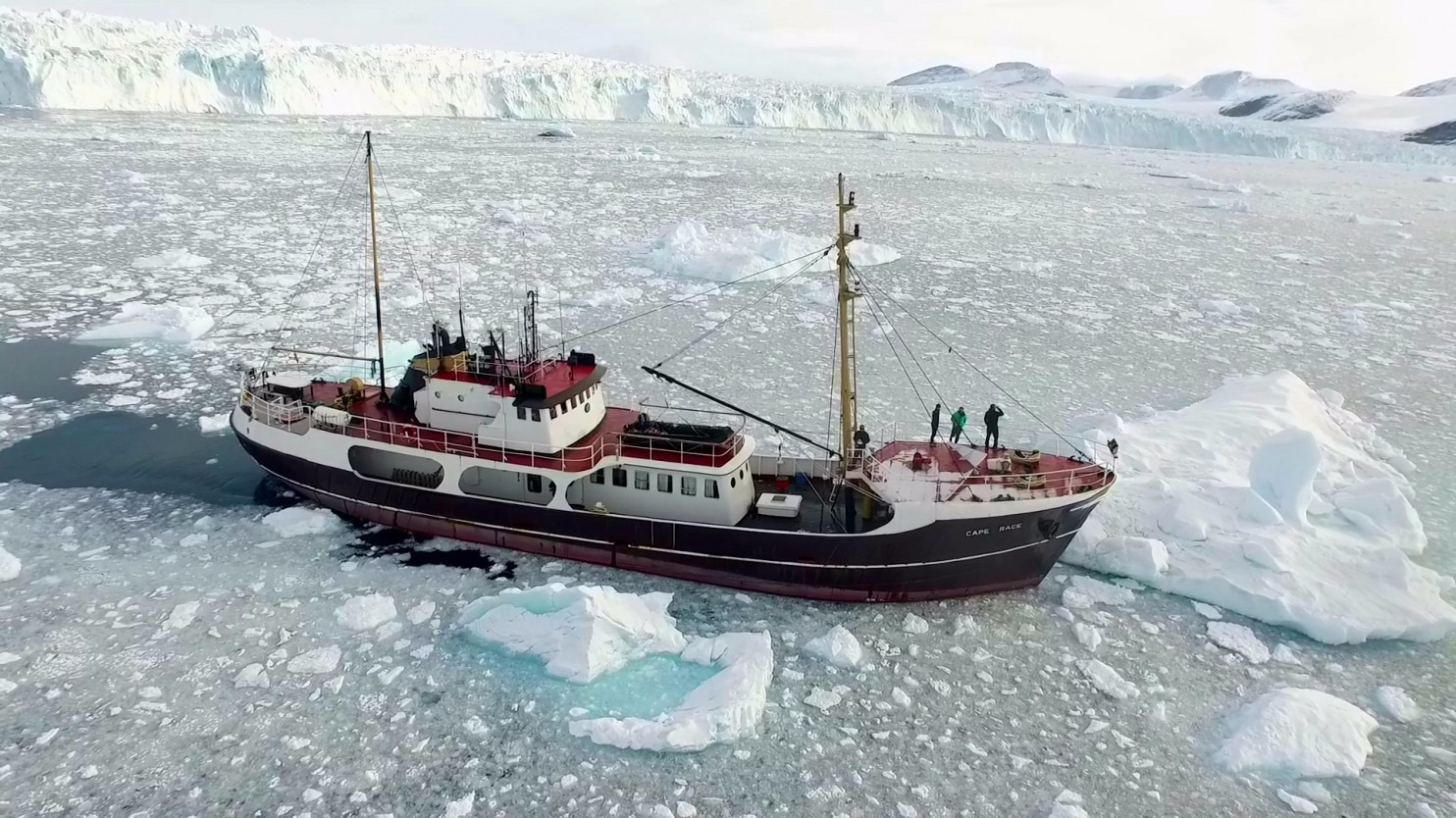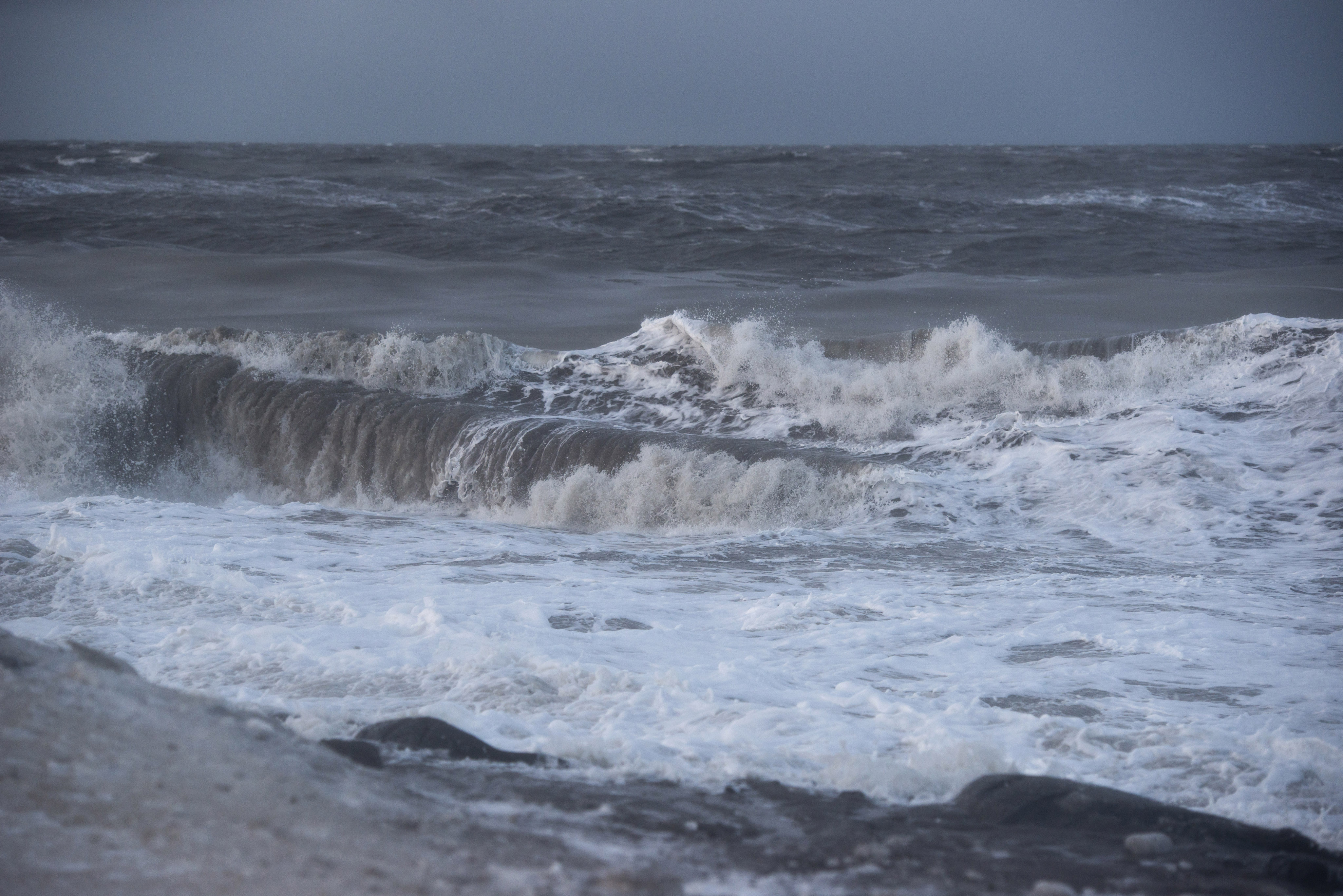Scientists keep increasing their projections for how much the oceans will rise this century
A report by a leading research body monitoring the Arctic has found that previous projections of global sea level rise for the end of the century could be too low, thanks in part to the pace of ice loss of Arctic glaciers and the vast ice sheet of Greenland.
It’s just the latest in a string of cases in which scientists have published numbers that suggest a grimmer picture than the one presented in 2013 by an influential United Nations body, the Intergovernmental Panel on Climate Change.

The new Snow, Water, Ice and Permafrost in the Arctic report presents minimum estimates for global sea level rise by the end of the century, but not a maximum. This reflects the fact that scientists keep uncovering new insights that force them to increase their sea level estimates further, said William Colgan, a glaciologist with the Geological Survey of Denmark and Greenland, who contributed to the sea level rise section.
“Because of emerging processes, especially related to the Greenland ice sheet and the Antarctic ice sheet, it now looks like the uncertainties are all biased positive,” Colgan said.
[The Arctic Ocean is on track to be ice-free in summer by 2040]
The assessment found that under a relatively moderate global warming scenario – one that slightly exceeds the temperature targets contained in the Paris climate agreement – seas could be expected to rise “at least” 52 centimeters, or 1.7 feet, by the year 2100. Under a more extreme, “business as usual” warming scenario, meanwhile, the minimum rise would be 74 centimeters, or 2.4 feet.
The new findings were published Tuesday as part of a broader overview report by the Arctic Monitoring and Assessment Program, a working group of the intergovernmental Arctic Council, which unites eight Arctic nations, including the United States, and six organizations representing the indigenous peoples of the Arctic.
It is the work of 90 scientists and 28 peer reviewers and is expected to be presented in Fairbanks, Alaska, next month at the next summit of Arctic political leaders.
The report bluntly contrasts its sea level findings with a previous 2013 report from the U.N. Intergovernmental Panel on Climate Change, which had put the “likely” low end sea level rise number for these two scenarios at 32 centimeters (about 1 foot) and 45 centimeters (1.5 feet) for the period between 2081 and 2100. That global body – whose high end sea level rise number for the year 2100 was just shy of one meter, or 3.2 feet – has often seen its assertions on sea level rise faulted by scientists for being too conservative.
“These estimates are almost double the minimum estimates made by the IPCC in 2013,” said the new Arctic Council report, which is dubbed a “Summary for Policymakers” because the technical report underpinning it has not yet been released.

The new Arctic report is hardly the first of late to call the IPCC’s figures into question.
An influential study of Antarctica published last year in the journal Nature suggested that the frozen continent alone could nearly double the IPCC’s sea level projections for the end of the century.
(The IPCC did concede that sea levels could be higher than its “likely” forecast in the event of a “collapse of marine-based sectors of the Antarctic ice sheet” – but it added that “there is medium confidence that this additional contribution would not exceed several tenths of a meter of sea level rise during the 21st century.”)
And since then, several other scientific documents – presumably aware of this Antarctic research – have cited the possibility of particularly extreme sea level rise by 2100, even if they cannot necessarily quantify the likelihood of it occurring.
At the close of the Obama administration, a report from the National Oceanic and Atmospheric Administration suggested that, at least as an “extreme” case, seas could possibly rise by as much as 8 feet by century’s end.
And yet another report, prepared for the state of California and released this month by a team of climate researchers, has now also presented the possibility of extreme sea level scenarios by 2100 – albeit ones that have either a low or an unknown probability of occurring.
That document looked specifically at California coastlines, and found that for San Francisco, for instance, the “likely” range for sea level rise in the year 2100 under a high global warming scenario would be 1.6 to 3.4 feet. But it also said there was a 1-in-20 chance of 4.4 feet, a 1-in-200 chance of 6.9 feet, and even a chance, whose probability could not be estimated, of 10 feet.
“We’re learning an increasing amount about the instability of marine based ice, and the amount of marine based ice that there is in Antarctica,” said Bob Kopp, a sea level researcher at Rutgers University and one of the authors of the California report. “And as we take more of these processes into account, the extent of the things that we don’t know that much about and aren’t yet able to quantify well has become clearer.”
The report for the Arctic Council, by contrast, focuses on a growing Arctic contribution to sea level rise, rather than an Antarctic one. Antarctica has far greater potential to raise seas over all, but the Arctic report emphasizes that for now, Greenland is actually raising seas the most and that it too has a great deal of potential sea level rise to contribute.
“These estimates of higher sea level contributions from the Arctic will only add to the new, higher estimates of potential sea level contributions from Antarctica – which is not good news,” said Rob DeConto, a geoscientist at the University of Massachusetts at Amherst who published the aforementioned Antarctica study and also worked on the California study. He was not involved in the new Arctic report.

The Arctic report states that Greenland, in particular, lost 375 billion tons of ice per year from 2011 through 2014, enough to single-handedly raise the global sea level by about a millimeter per year. That annual loss, the document states, is “equivalent to a block of ice measuring 7.5 kilometers or 4.6 miles on all sides.”
Meanwhile, the melting glaciers of the Alaskan, Canadian and Russian Arctic are all steadily raising seas as well and could also see their contributions grow. The report therefore estimates that 19 to 25 centimeters (0.6 to 0.8 feet) of sea level rise in this century will come from the Arctic alone, and that must be combined with all the sea level rise contributed by Antarctica, other glacier systems and the steady expansion of seawater itself as it gets warmer.
Because of the difference between the worst case and more moderate sea level rise scenarios, the report concludes that the Paris climate agreement could substantially reduce the global sea level rise seen by 2100, even though seas will still rise considerably under any scenario.
“You have to have a deliberate and sustained implementation of Paris for 30 years before you see a significant difference in the rate of global sea level rise,” Colgan said.
The Trump administration has been divided over whether to stick with the president’s campaign pledge and withdraw the United States from that agreement. Because of the upcoming G-7 meeting in May, where Trump is likely to be pressed on climate change, many observers expect a decision relatively soon.
It is unclear how the United States may react to the new Arctic report at the upcoming Arctic council meeting – the U.S. is currently chairing the council – or whether this will also put any additional pressure on the Trump administration.
Meanwhile, scientists studying the planet’s ice and its seas continue their work.
“If you look at the history of sea level rise projections over the last 20 years, they’re going up through time,” said Colgan. “Not just because of sea level actually rising, but also because of our understanding of the processes improving through time.”